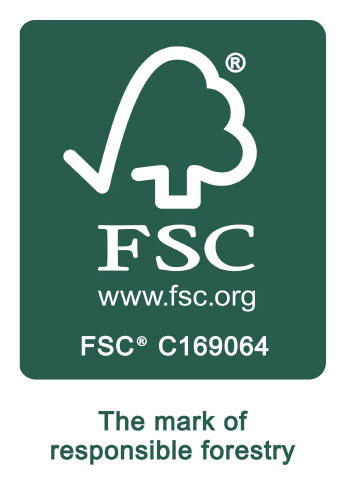Colour transforms a non-descript box into a beautiful branded item of packaging, but what do you need to know about printed packaging?
Colour Association and Packaging Design
We have an innate emotional response to colour; it influences our mood and our reaction to certain brands and products. Whilst shades of blue are associated with professionalism and trusted brands, they could cause repulsion when used to package a fresh food product.
As we make instant decisions based on colour and design, considerable effort is put into the visual appearance of any marketing material. From website design to printed packaging, what are the associations made with your brand colours?
Red – passion, urgency, importance
Yellow – happiness, warmth, warning
Blue – trust, calm, freshness
Orange – playfulness, vitality, youthfulness
Green – natural, environmental, balance
Purple – luxury, creativity, mystery
Pink – femininity, sweetness
Brown – earthy, reliable
Black – elegance, confidence
White – purity, cleanliness
Grey – neutral, formal
Colour Accuracy Across all Media
A consistent representation is essential for easy brand recognition. This is dependent on colour accuracy. When products are stacked up on the shelf, they need to look identical, even if the product packaging has been printed by several different suppliers. Equally, all Point of Sale displays and associated marketing have to match.
It may seem straightforward to match the chosen shade on your website and digital marketing with the colour on your printed packaging, but different factors come into play.
Digital Colour
Screens benefit from backlighting, so the colours that you view online are bright and vibrant. They are formed from a specific balance of Red, Green and Blue (RGB). If you have created a colour online, you may be familiar with HEX codes, which are displayed as a hashtag – here’s an example: #7E002A. These HEX codes detail the levels of RGB.
Printed Colours
Rather than emitting light, printed colours absorb light, meaning the eye sees them differently. When preparing colour for printed packaging or brochures, CMYK is used in place of RGB. You will likely recognise Cyan, Magenta, Yellow and Black from your home printer.
When printed onto uncoated paper or cardboard boxes, the colour is typically darker and matt, on coated surfaces, there is more of a shine to the finish.
Print Options for Packaging
As a supplier of printed cardboard packaging, Aylesbury Box Company offers a range of print finishes. Lithographic, flexographic, digital and screen printing all deliver slight variations on how the colour is absorbed. This changes how the eye perceives the colour.
Contrasting Colours on Printed Packaging
How we view colour is also altered by the placement of other colours. When contrasting colours (those on opposing sides of the colour wheel) are positioned next to each other, vibrancy is boosted. The use of a light blue on a plain cardboard box is a great illustration of this – it zings!
Whilst a strong contrast increases the vividness and readability of colour, we advise against getting carried away. Too many contrasting colours can be a sensory overload. Unless you are targeting young people, we would advise that you limit the palette.
Some designs use a single colour, others present one colour in several different shades. What works for your brand?
Packaging Manufacturers and Graphic Designers
When working in collaboration, graphic designers and packaging manufacturers can produce designs in the correct format to ensure they offer consistency across digital and print media.
Before making an order, we suggest that you request colour samples of your printed packaging, so you can check that they match and meet expectations.
If you have any questions about print formats, printed packaging or print finishes, feel free to get in touch with Aylesbury Box Company. We will endeavour to provide you with the information needed to achieve colour consistency across your branding and marketing.
01296 436888 or enquiries@abcbox.co.uk
